Jui-Chien Hsu Solo Exhibition: "Gradient 13%"

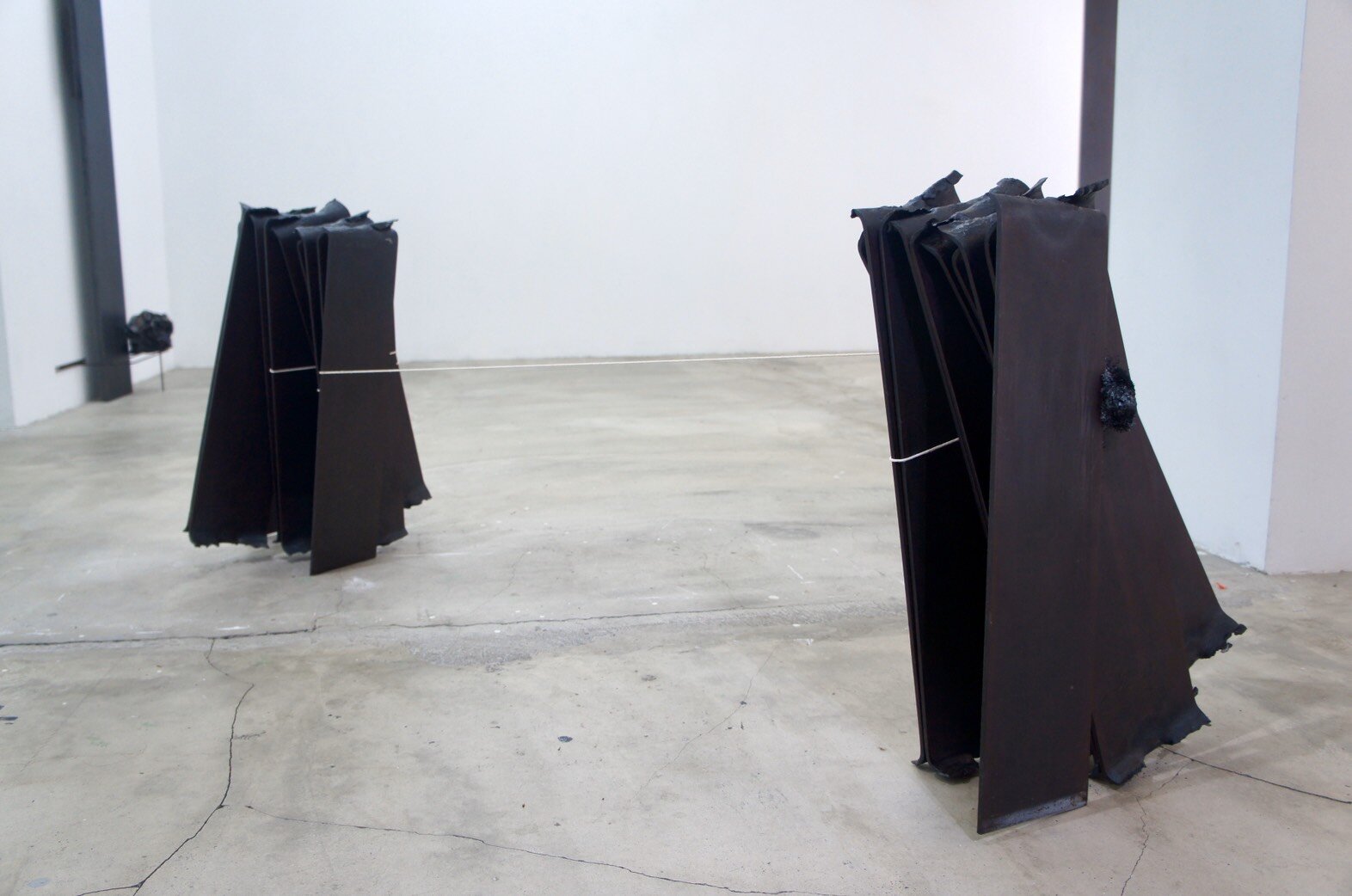
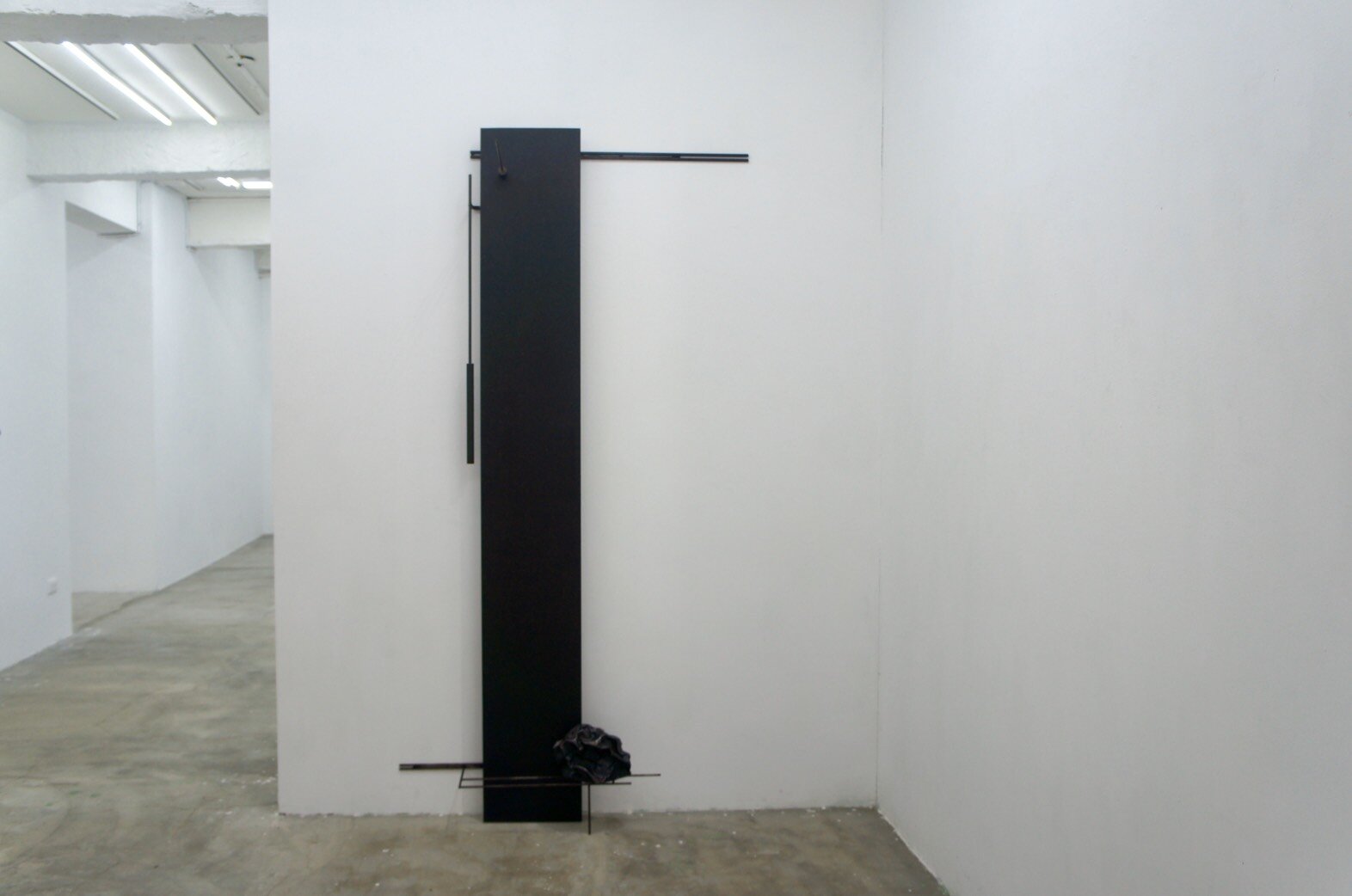
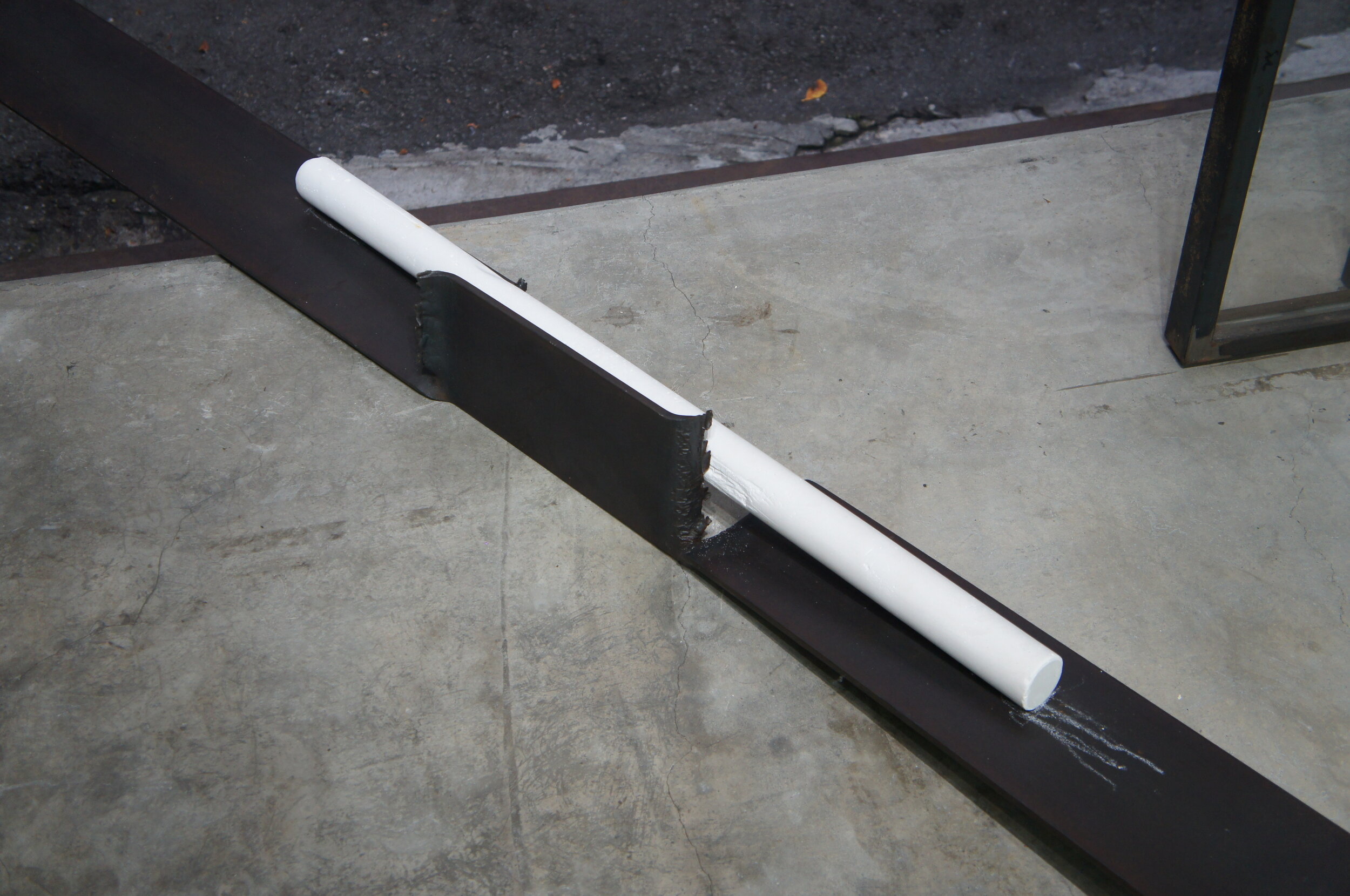
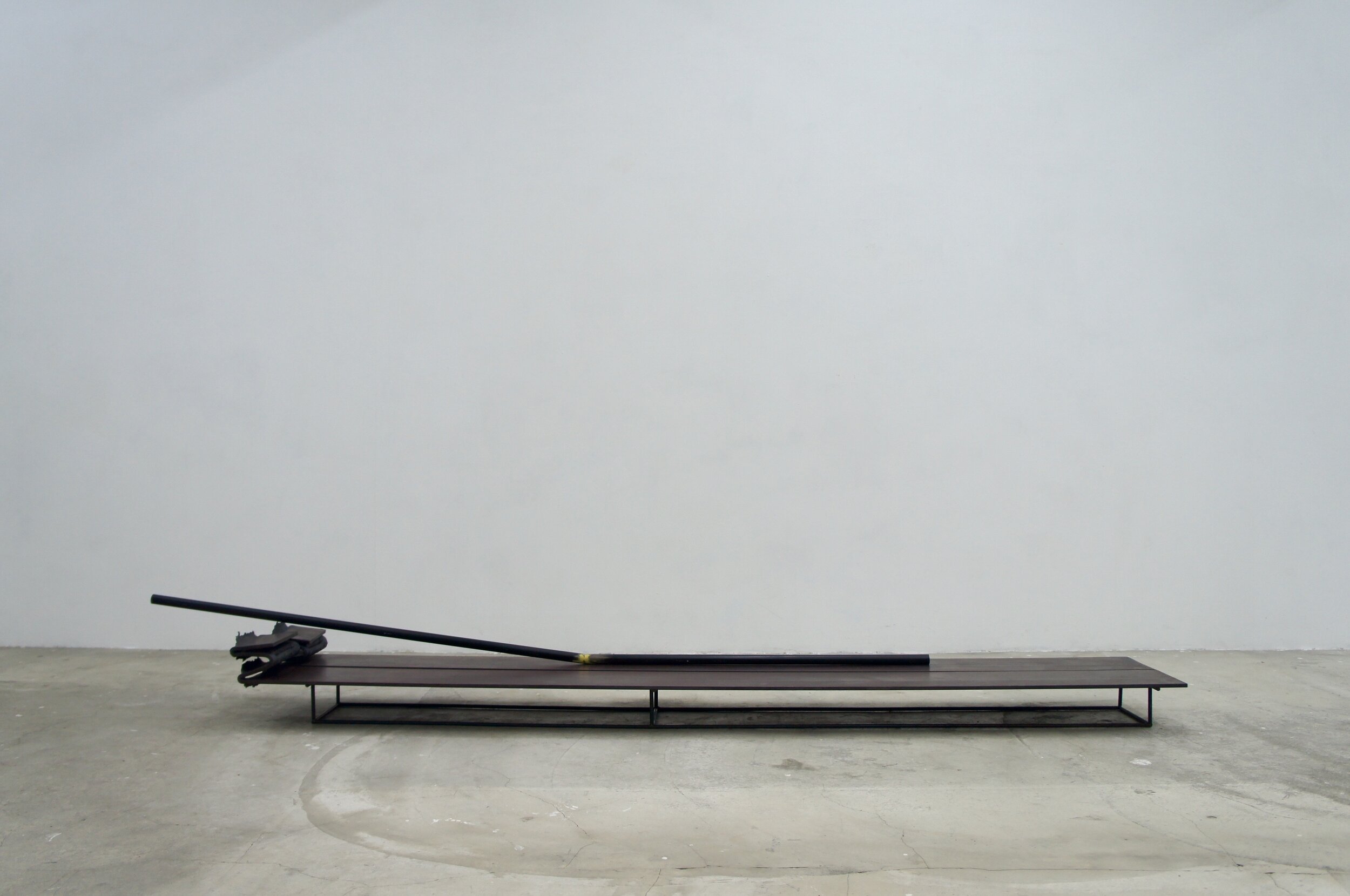
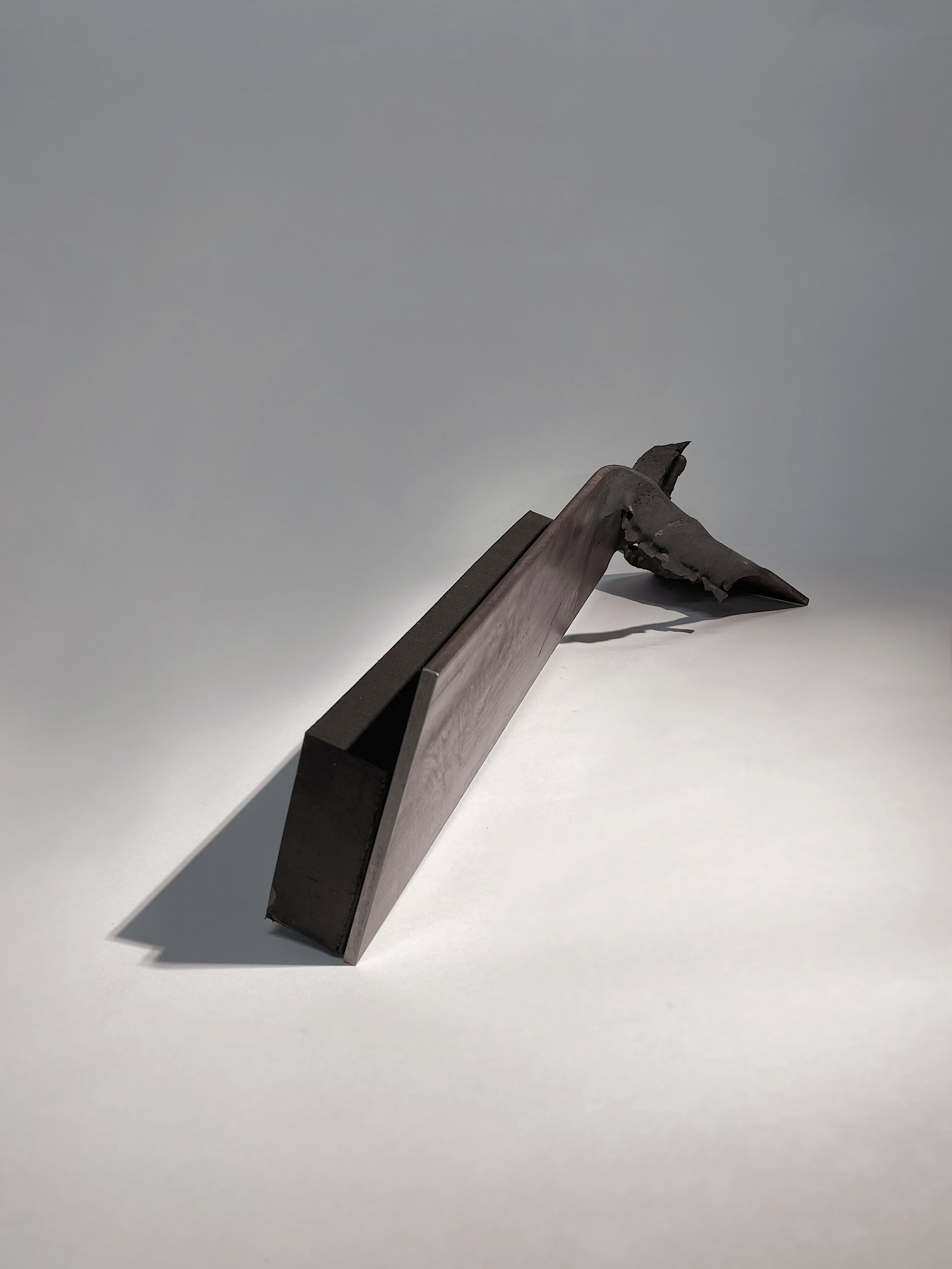
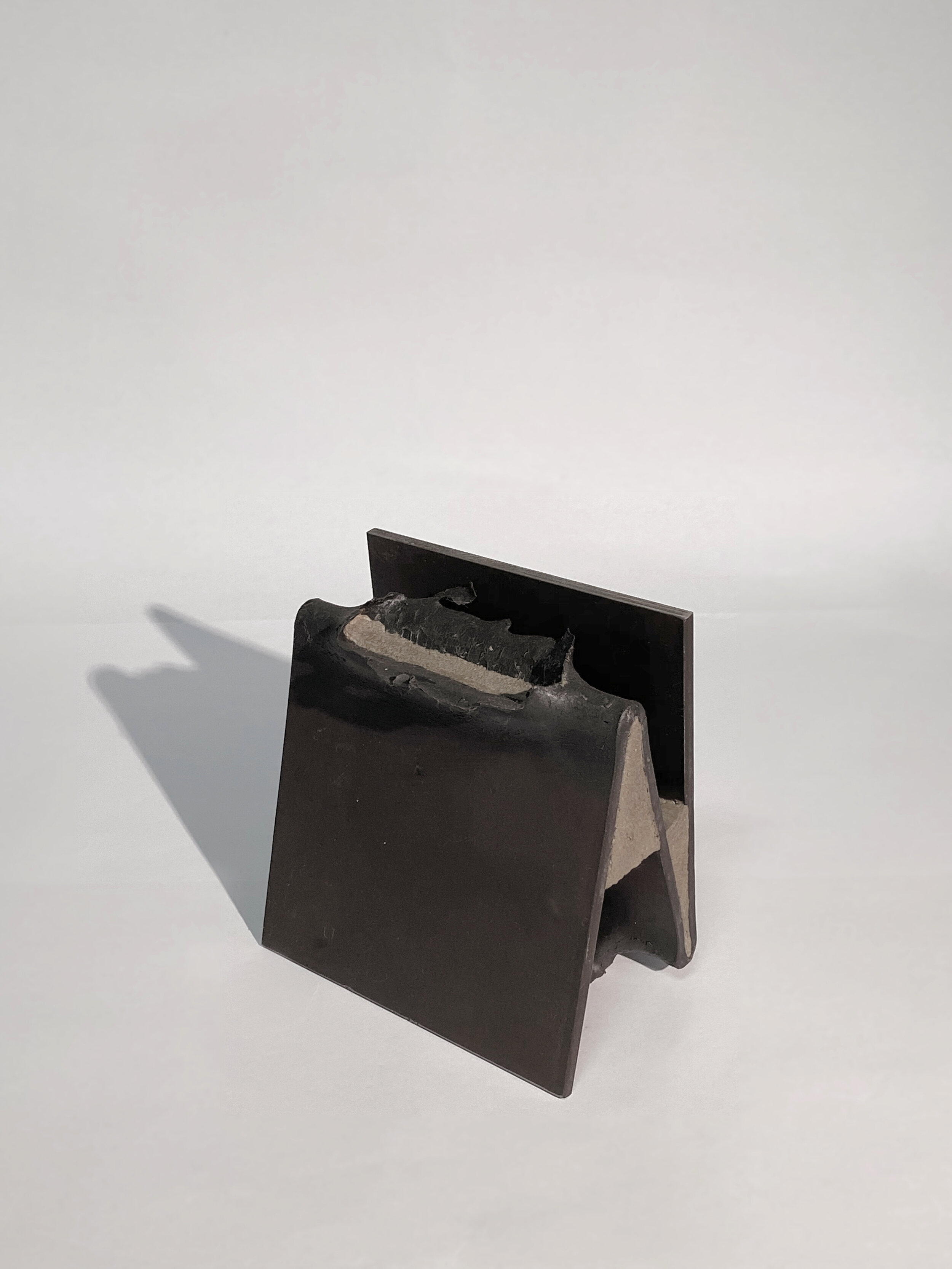
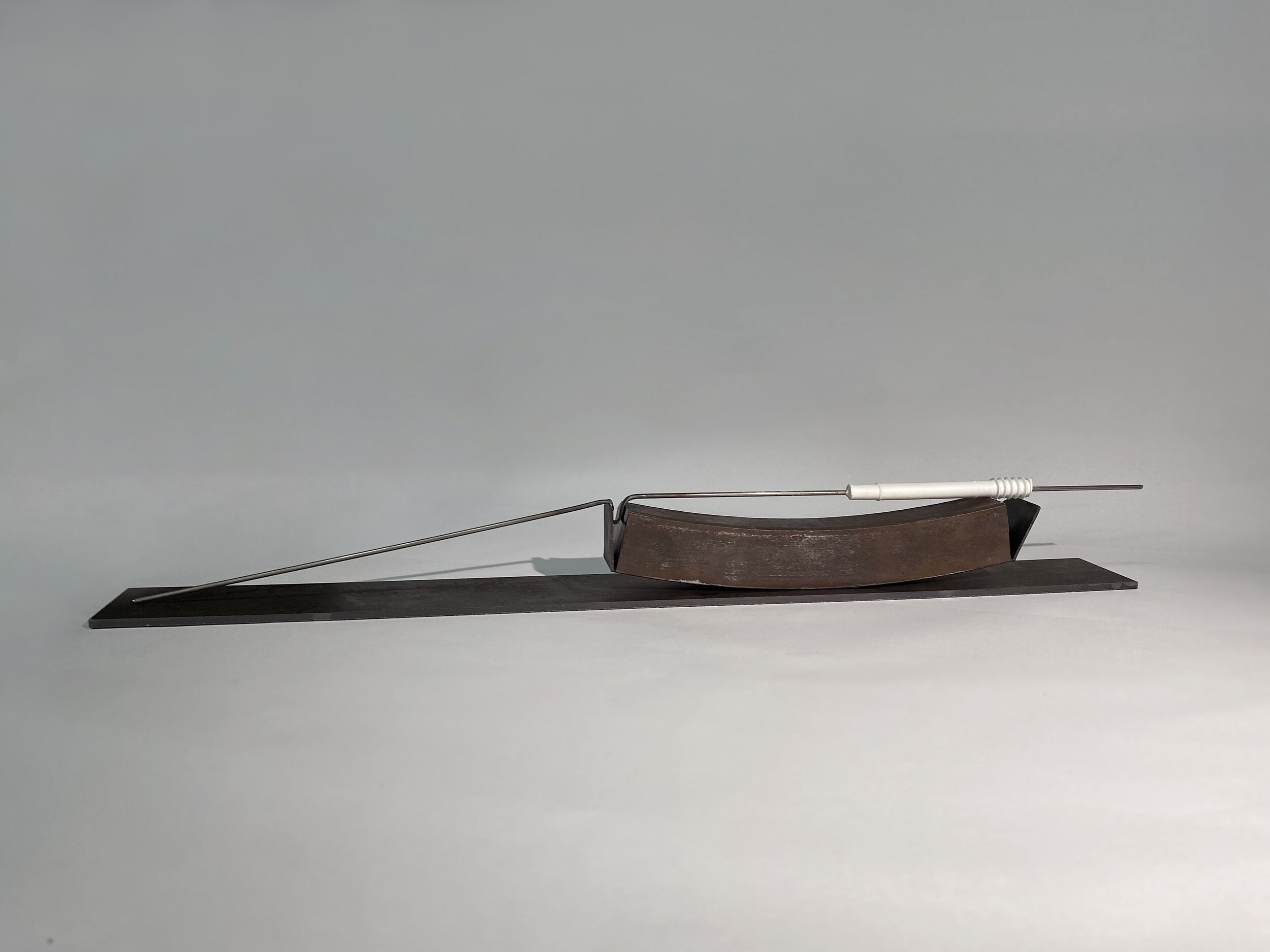
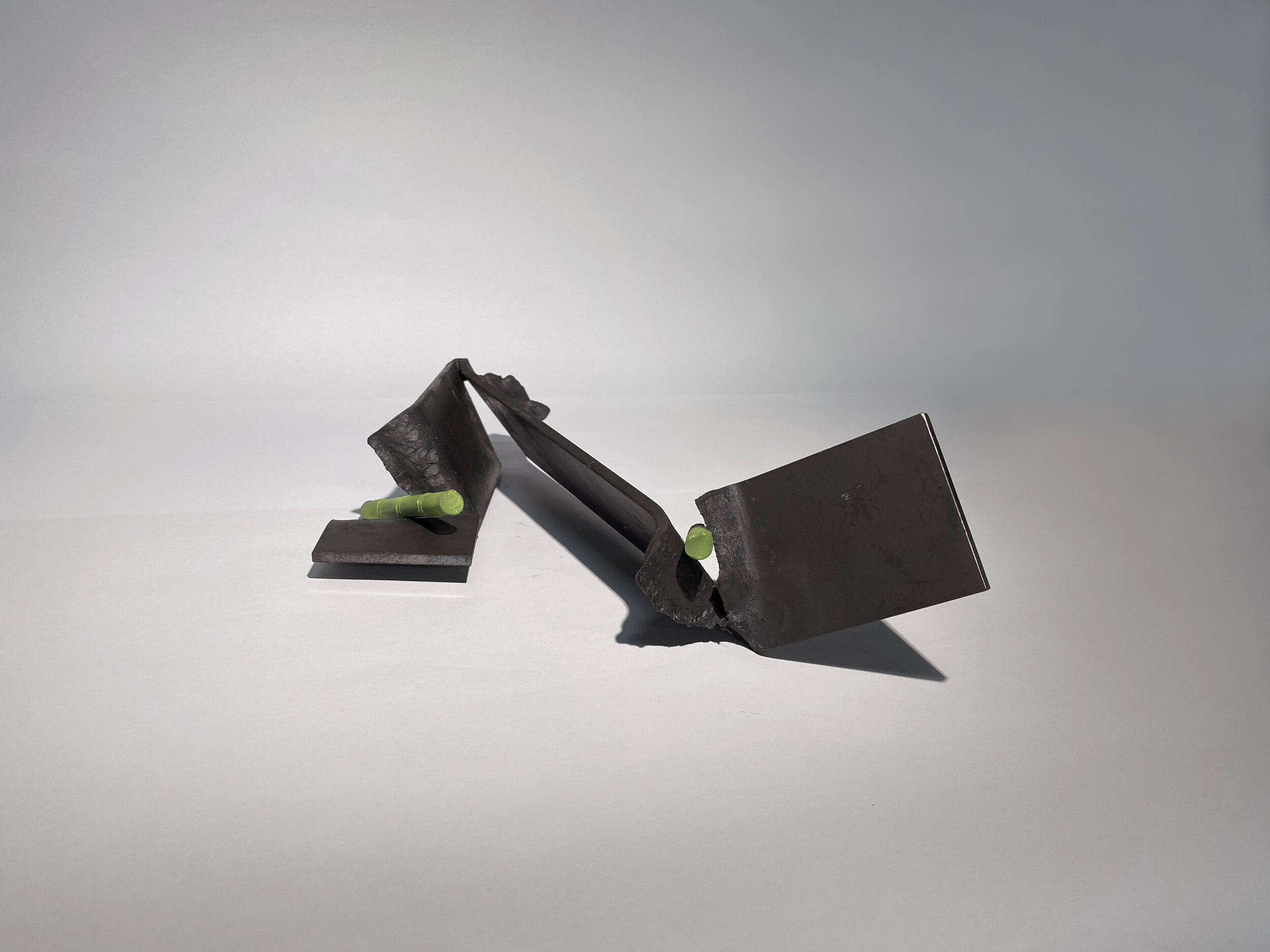
Exhibition Statement
Born in Miaoli, Jui-Chien Hsu graduated from National Taiwan University of Arts, Department of Sculpture in 2016. Hsu is now studying in the graduate institute of National Taiwan University of Arts, Department of Sculpture. As an uprising star that should not be underestimated in the art field. Hsu has already accumulated multiple significant exhibition experiences. From holding academic exhibition in Yo-Chang Art Museum and Juming Museum to holding exhibitions in galleries, Hsu even creates artworks on set in public spaces such as Lao- Mei Elementary School, Xiluo Old Street and 321 Arts Village. People can see Jui-Chien Hsu’s works in many places as mentioned above. Besides the abundant exhibition experiences, he has been nominated in 2017 Taiwan Emerging Art Award. Hsu has even received multiple significant Taiwan contemporary art awards such as Taipei Art Award, Next Art Tainan and Kaohsiung Award (Spatial Art) in 2019.
Hsu’s work focuses on the interaction relationship between human body and physical material. The artist’s query toward the material world is responded by the effect of the mankind and the object’s repeatedly touch and the back and forth movement. In a sense, this also explores the spirit of the material. In the process of producing artwork, the back and forth making, shaping and creating are pondering between the plasticity and relevance in the physical form. It inscribes the transformation of the material, at the same time, responds the ambiguous conscious. Therefore, opens up the possibility of having a physical environmental organic conversation. (Note 1)
Among the selected artworks that are going to be on show in Nunu Fine Art, it is not hard to see Hsu’s precise control of the mix media such as metal, plastic and mineral. He let his action of creating and the mix media develop interactions. In a way, it paralyzes the established rules of the media’s attribute. Moreover, he assigns brand new vocabulary to the creation object. Hsu activates matchmaking, shifting, superposition, juxtaposition and even misplacement of the daily objects such as metal and plastic. The defamiliarization of the well-known media leads the viewers to feel the physical sense neatly while appreciating the works. The circulation network between body-object-environment is rebuilt in the selfless viewing behavior indulgently. The viewers can slow down the restless space and time to read the messages conveyed by the space carefully, and perceive and reshape those inaudible, invisible, deliberately ignored or pretended insignificant spaces.
In the Name of the Media: Frolic the Quality, Ponder between the Real and Unreal.
Nowadays the virtual reality deconstructs our definition of reality. Art also connects with technology, stepping toward to virtual reality/ augmented reality. Hsu’s work leads the viewers revisit physical world with interest and curiosity. The final output, which take the existence of the mix media itself as artwork challenges the western distinction of “Reappear/ Present”, “Realistic/ Meaningly”. Hsu uses mix media to produce “Social Sculpture” and fulfill what German performance artist Joseph Beuys advocates: “Every seconds and minutes, artists reconstruct the society through different ways.”
In " Puddle And Cave", Jui-Chien Hsu uses high-ductility and malleable iron combined with high-elongation and recoverable rubber. By this way, Hsu’s ingenious hands bring out the imagery of puddle and cave that has the feature of tender and firm. Iron and rubber are temperature-dependent polymer materials. When the two receives external forces, depending on their stress delay, temperature and humidity, they can present significant stress relaxation even deformation. At that point, Jui-Chien Hsu is like artist but also a physicist. He permutes parameter ingeniously, drags and pulls the material between the stresses of loading and unloading intentionally. Hsu gazes, selects even tampers with the reality, which is deployed by the media. This is just like what Italian master of sculptor Michelangelo does: “Manipulate with hands but determine with eyes.” Hsu’s works use daily objects like metals to convey the concept candidly. Thus, the viewers will sense the relationship between human body perception, objects and environment around us. At the same time, it raises the question regarding the definition of “Reality” by the evolving relationships.
In the Name of Action: Manipulate Object Repeatedly, Depict Mental Landscape
In Jui-Chien Hsu’s works, which "Concept comes first", the presentation of real objects carrying the ideas endowed by the artist is displayed in a focused and sincere manner. The works represent in the exhibition uses industrial, daily, and natural objects, which are constructed by Hsu’s thoughts on his own growth and cultural background, also his reflection on contemporary social, political, and environmental issues. Therefore, the media is re-converted and given new meaning.
In "Four Folds x2 in Beige Turning", the cast iron with a wide length-width ratio is lying horizontally on the ground. Hsu’s iron plate records the process of movement. The artist's hands accumulate strength and give it to the rigid iron. The turbulence and mediation between the body and the material slowly read these traces between the probe, benefit, and intertwining of the subject and the object.
Under the influence of the substance interaction added by human action, the rhythm of the dialogue, which contains pulling, knocking, squeezing, propping up, standing, opening, absorbing, gathering between human and machine, looks for people / things, moving / static, plane / stereoscopic, rational / sensible, false / real…and other decisive moment of the binary opposite boundary and the gathering of power. (Note 2)
In the Name of Force: The Initiative and the Poetics of Space in Jui-Chien Hsu’s Works
In "Ten Fold x2", Jui-Chien Hsu further combines iron and abnormalities of iron such as iron filings, magnets with cotton threads and so on. The combination of heterogeneous media creates great original power and viewing possibilities. Among them, iron, which seems to be tough, is infused with a light and dynamic sense during the rolling process of creation and even after it is cast. Between the reflection of iron’s light and heavy, black and white, gray and black, and between the back and forth strength of the artist carving his work, the mobility of the work emerge as the time requires (Note 1), which is in harmony with the natural rhythm of the universe.
Jui-Chien Hsu's works often show poetry through support, dependence, suspension and other physical properties. For example, in "Mutual Writing 1", Jui-Chien Hsu combined gypsum with his beloved iron element. The straight long iron plate that is fractured on both ends bonds with a plaster cylinder that is processed by forging and grinding. The end of the iron plate suddenly collapsed and suspended solitarily. Thus, the atmosphere of paradox, abruptness, and awkwardness quietly strucks the viewers. The viewers' sight follows the outline of the artwork. The spatial field elements of points, lines, and surfaces were destroyed, stripped, and disintegrated, at the same time, regenerate and reproduce while viewing. Jui-Chien Hsu adds emotional artistic expression and extraordinary appeal to these mathematical elements, which seems flat and rational at first sight.
In the Name of Concept: A Journey from Material to Spiritual.
The transformation of material writes down the process of creation. When we lean in to see, to sense, to think about and hidden modeling allegory, the return of the physical phase still ends up in the scope of mind and soul. For example, in "Flat and Wrinkle", the artist uses granite, stainless steel, iron and cloth to develop work that seems contradict to each other but are harmonious and interdependent. The cast iron, which is struck continuously will change from thick to thin and will eventually collapse as time goes by, finally, it turns into a disciplined form. Hsu places a wrinkled sphere in front of the iron plate. This leads the viewers wondering what is the intention of juxtaposing the flat / three-dimensional and the smooth / wrinkle? At this point, the audience's thinking completes the integral of the exhibition.
Jui-Chien Hsu’s work focuses not only on the material itself, but also on the soul of the present time ——the multitude in the art field. In the output of hard iron and steel materials and soft and changeable shapes, in the gap between its elements and the field during circulation, between the collapse and gather of the force border, indicates transcendence, which is not only exceed beyond the physical limitations of the form, but also beyond the abundance and excessive "objects" in the contemporary society. We can criticize, transcend and revalue ourselves continuously. At the same time, through the texture of labor operates by hands, it has repeatedly reformed the perception relationship of "Body-Object-Environmental Space". (Note 1)
The exhibition of Jui-Chien Hsu is an aesthetic experimental adventure using traditional media and new technology that let the audiences think about artists’ plight in the growing development of technological media. At the same time, the exhibition highlights that there is still a possibility for physical world to innovate, even though it is relatively neglected by technology development nowadays. At last, as the definition of "truth" transforms constantly, we can reflect on how the artists / audiences should look forward in the real world we are living in.
Source: Note 1: Winner of Next Art Tainan, Jui-Chien Hsu https://www.youtube.com/watch?v=6S6BquJNa_0 / Note 2: Ming Tian Contemporary Sculpture Award, Jui-Chien Hsu’s work, Resonance 2 (https://young.artron.net/works/54756/ )
